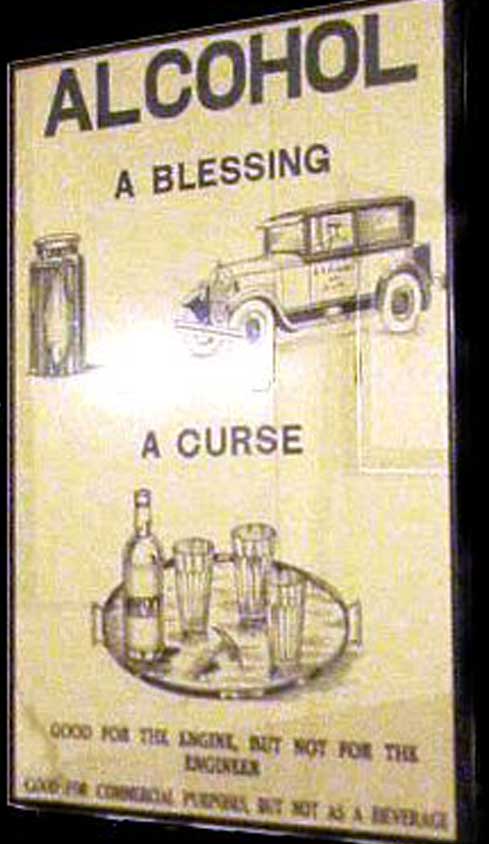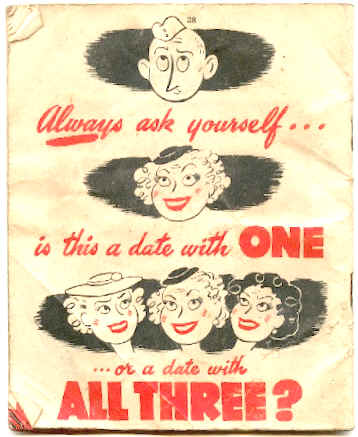I found most these images at Photo Basement, but all were originally posted at The November Coalition’s Random History of Alcohol Prohibition page.
“Good for the engine, but not for the engineer. Good for commercial purposes, but not as a beverage.”
The white man’s burden isn’t infantile non-whites in need of oversight, it’s saloons.
Connecting drinking alcohol with nationalism and the downfall of America.
Again, being anti-alcohol is patriotic.
Do you love drink more than you love your children? Or America?
But we see many of the same themes in the anti-Prohibition campaign:
So now if you love your kids and want them (and, implicitly, America) to be secure, you’ll repeal Prohibition.
“Protect our youth. Stamp out Prohibition. Love our children.”
At first I wasn’t sure if this was pro- or anti-Prohibition (asking people to vote to repeal it, or to overturn the repeal). But according to this history of Prohibition, Democrats came out with a “wet” (anti-Prohibition) platform as a way of drawing “ethnic” (i.e., European immigrant) and working class votes. So the message here is that we need to protect our children (and wives?) from the hordes of gangsters and bootleggers who emerged because of Prohibition, and their way to do this is to vote Democratic.
Thanks for the tip, Miguel!
Gwen Sharp is an associate professor of sociology at Nevada State College. You can follow her on Twitter at @gwensharpnv.



















































